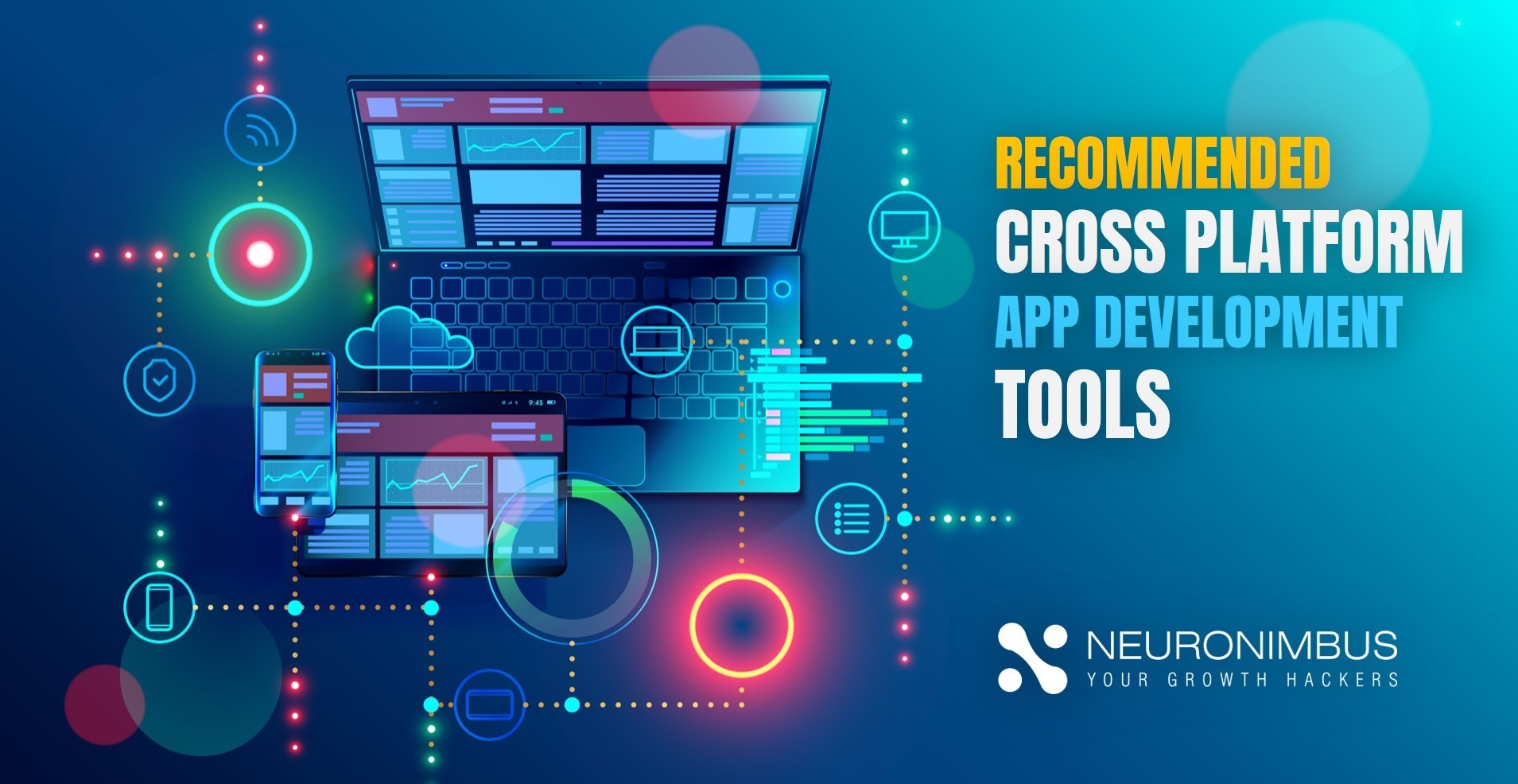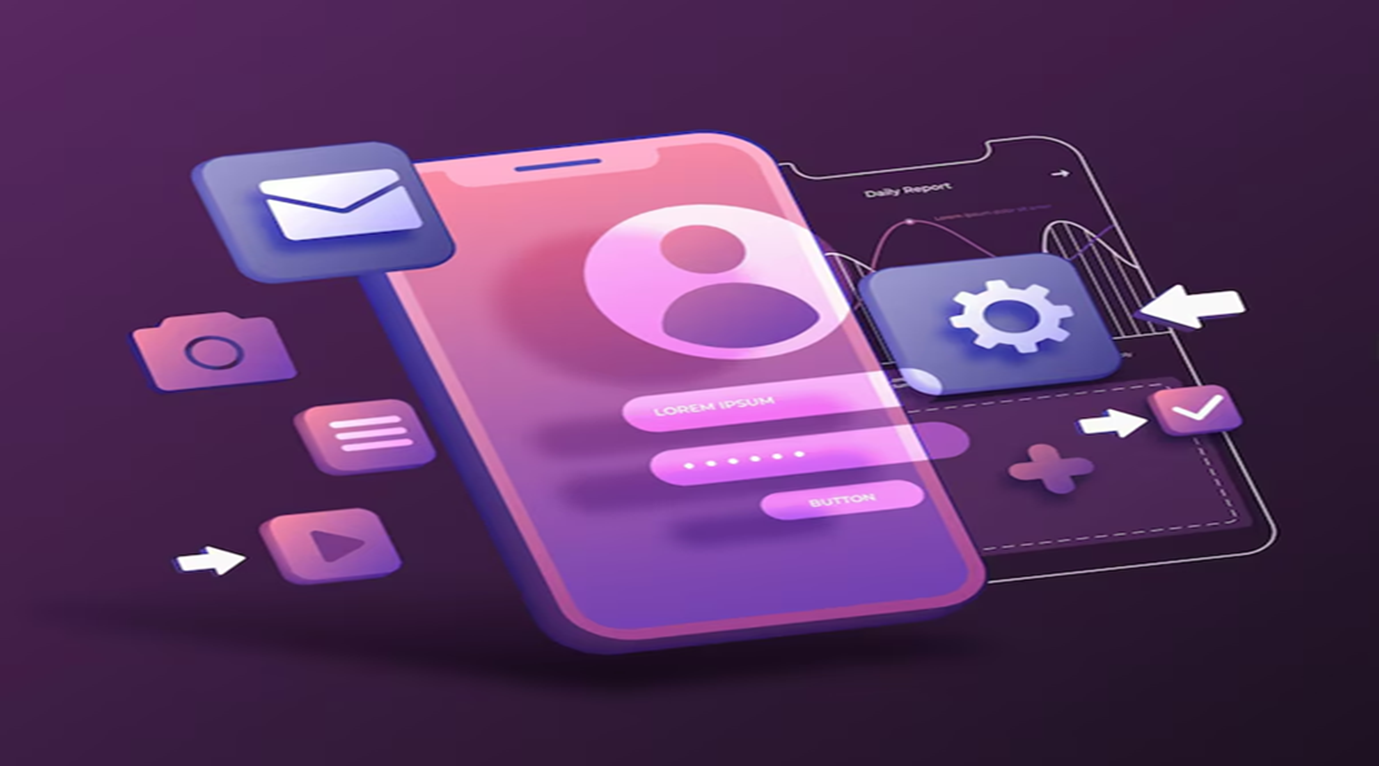Developing an app that works effectively on multiple platforms is not an easy task, and every developer faces huge hurdles during this process.
This scenario is the reason why it is essential to have the best tools at hand so that they can take the maximum benefits out of these tools, and creating a cross-platform mobile app becomes easy.
There are so many businesses in the industry that are choosing cross-platform applications to reach out to the customers. And this is the reason why the demand for cross-platform app developers is increasing with every passing day.
Here are the top mobile app development tools accessible in the market.
ReactNative
React Native comes as an open-source mobile app framework built by Facebook. It is utilized to develop applications for Web, iOS, Android, and UWP by facilitating developers to use React alongside native platform abilities.
PROS
- React Native apps offer superior performance outcomes
- It comes with time as well as cost-efficiency
- It is faster to develop and can be managed by smaller teams
- It shares the codebase for Android, iOS, and the Web
- It enables Native look and feel of your applications
CONS
- Requires expertise from a native developer for specific platform modules
- Lacks some components and certain custom modules
- The documentation still requires an upgrade
Xamarin
Xamarin is one of the best platforms that help with multiple platforms applications. It provides store app delivery, virtual testing, performance testing, monitoring the app, and many more features too.
You can consult a Xamarin development company that will help you in building native apps for various platforms. The developers have the flexibility to use the same language, IDE, and APIs.
This tool is highly usable by some of the biggies in the industry like Microsoft, IBM, and Foursquare.
PROS
- The code is shareable on different platforms. It follows the feature – writes once use anywhere, which is something that every developer would love to have. Nearly 60-95% of the code is reusable as per the requirement.
- Xamarin comes from Microsoft, so it has excellent support from the team, and there is a vast community that you can approach if you have any doubts.
- There is flexibility for the users to go with C# or .NET. It depends upon the developer’s preference to choose the language that he or she likes.
- There is a Visual Studio App Center that will give you insights about how the app is working, when it is crashing, etc. You can get this information daily.
CONS
- Although the app gives native experience, it has some limitations one powerful platform. This scenario is a massive issue for so many programmers.
- The code comes in a lock for .NET, and you cannot use it for any other platform. It is confined to .NET only.
- The code will be a bit over-complicated as it is in shape to match various platform requirements at once.
Flutter
Flutter is Google’s gift for programmers who are planning to develop applications that work on diverse platforms with ease. It is designed to build apps for iOS, Android, and Google Fuchsia.
This platform is active in multiple ways and will help in developing the perfect app that matches the user’s requirements.
PROS
- The code writing is pretty fast. The developers don’t have to wait until the entire code is completed to know where the errors are. They will get to know the mistakes while they are writing the system itself. This scenario eliminates a lot of hassle.
- Developers have to write code for only one platform in flutter mobile app development. They can differentiate and add some extra features in the app if they want to.
- The apps developed with the help of flutter are fast, and they do not hang often. This case gives a great end-user experience.
- The apps will look the same on both old and new devices. This scenario means that both Android and iOS launch new versions from time to time.
- The apps also update themselves to match with the latest developments in OS, but flutter apps are not like that. They look and work similarly among all the platforms.
CONS
- The number of libraries present in flutter is less when compared to other platforms. Developers have to research and get third party libraries for some functionality.
- Flutter is still a new platform and is growing. It will take some time to evolve as a complete platform with all the features in place.
Key Takeaway
There are a lot of mobile app development tools available in the market, but in this blog post, we saw and explored the most recommended ones out of them.
FAQs – Cross Platform Mobile App Development Tools
Q1: What are the main benefits of using React Native for cross-platform app development?
A. React Native is renowned for its efficiency and cost-effectiveness in mobile app development. It allows developers to use a single codebase to create apps for Android, iOS, and the Web, which speeds up development and reduces costs. The framework also enables a native look and feel for applications, ensuring high performance and a seamless user experience.
Q2: Why should developers consider Xamarin for cross-platform applications?
A. Xamarin is a popular choice for developers who want to use a common language, IDE, and APIs across multiple platforms. It offers the advantage of code reusability, with 60-95% of the code being shareable across platforms, reducing development time and effort. Backed by Microsoft, Xamarin provides robust support and a large community for developer assistance. It integrates well with Visual Studio, offering powerful tools for monitoring and testing applications.
Q3: What distinguishes Flutter from other mobile app development frameworks?
A. Flutter, developed by Google, is designed for high performance and rapid UI coding, enabling developers to see and fix errors as they code. It supports a single codebase for iOS and Android while allowing for platform-specific feature enhancements. Apps developed with Flutter offer consistent UI on both old and new versions of devices and maintain performance across updates, which is crucial for user retention.
Q4: What are the limitations of using Xamarin and Flutter in app development?
A. Xamarin’s primary limitations include its dependency on .NET, making it less flexible for developers who prefer other environments. Also, while it provides a native experience, it can be restrictive on more powerful platforms. Flutter, being relatively new, has fewer libraries compared to other platforms, which might require developers to seek third-party solutions. Additionally, as it is still evolving, some features may not be as polished or complete.
Q5: How does React Native address platform-specific module needs in app development?
A. While React Native allows for significant code reuse across platforms, it occasionally requires expertise from native developers to handle specific platform modules. This means that for certain custom functionalities, developers might need to write native code or integrate native modules, which can complicate the development process if the team lacks native platform skills. Despite this, the framework’s overall flexibility and performance make it a strong choice for many developers.








